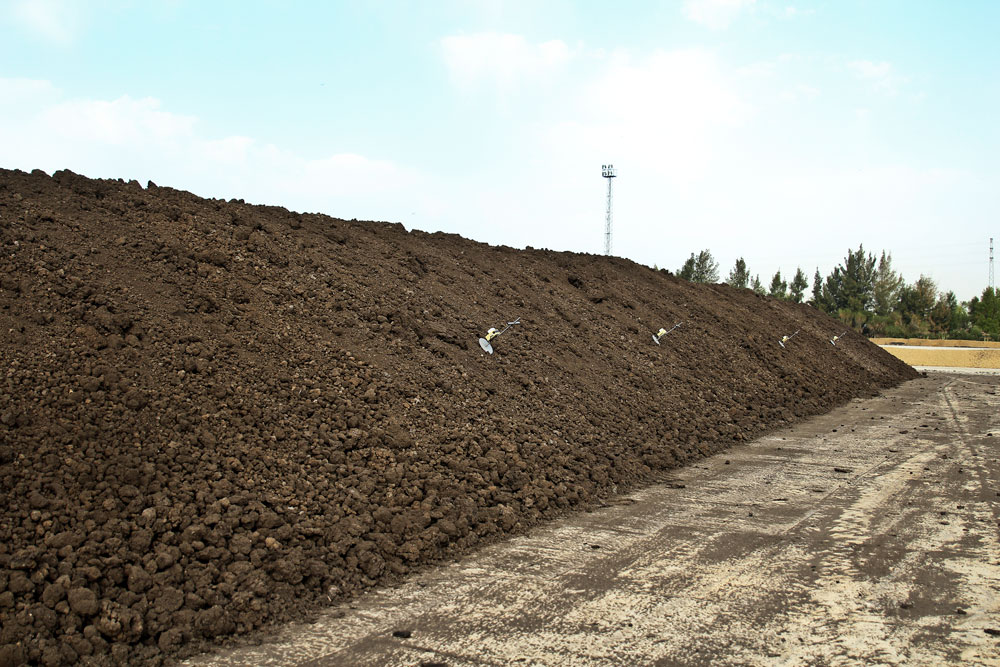The Official Gazette of the Generalitat Valenciana has published the favourable environmental impact statement for the composting plant requested by the Public Company for Wastewater Sanitation of the Valencian Community (EPSAR), despite being located in the area of the Sierra Escalona Protected Natural Landscape, to treat 20,000 tons of organic waste per year from Pilar de La Horadada, 12,000 from Torrevieja, 4,600 from Orihuela Costa, 3,100 from Pilar and 300 from San Miguel de Salinas as well as 9,000 tons of garden waste per year to produce agricultural fertilizer.
The project, together with the Pilar Wastewater Treatment Plant (EDAR), is located 85 meters from the Lagunas de Lo Monte Municipal Natural Park and less than 500 metres from the Sierra Escalona Protected Natural Landscape, an area that already houses numerous ecological, environmental and landscape elements, “to the point of constituting one of the most significant environmental sites in the Valencian Community”, according to the Generalitat.
In addition, it is located about 200 metres from the natural area protected by the Natura 2000 network, as it is a dispersal area for young specimens of the Bonelli’s eagle and golden eagle, highlighting the presence of other birds such as the buzzard, the short-toed eagle and the eagle owl as well as mammals such as the wild cat and the badger.
Despite being on protected land, and objections from a number of environmental groups, the Ministry of Agriculture, Rural Development, Climate Emergency and Ecological Transition has given the go-ahead to the plant.
The project dates back to 2010 when the EPSAR, which is in charge of managing most of the purification plants in the Valencian Community, began to process the environmental impact assessment, which was approved two years later. The procedure subsequently expired and a new one was commissioned in 2021.
The model is based on agricultural recovery as its final destination, either by applying it directly to the ground or by subjecting it to a prior composting treatment. It is a clear example of a circular economy, is socially accepted compared to other alternatives, since it is respectful of the environment, contributes wealth to degraded soils in our environment and is economically the most efficient and sustainable.









